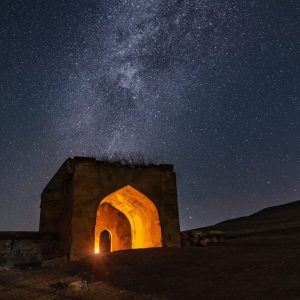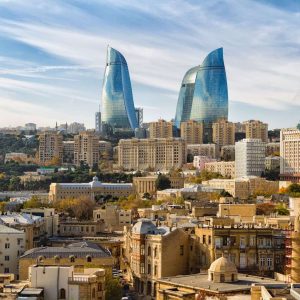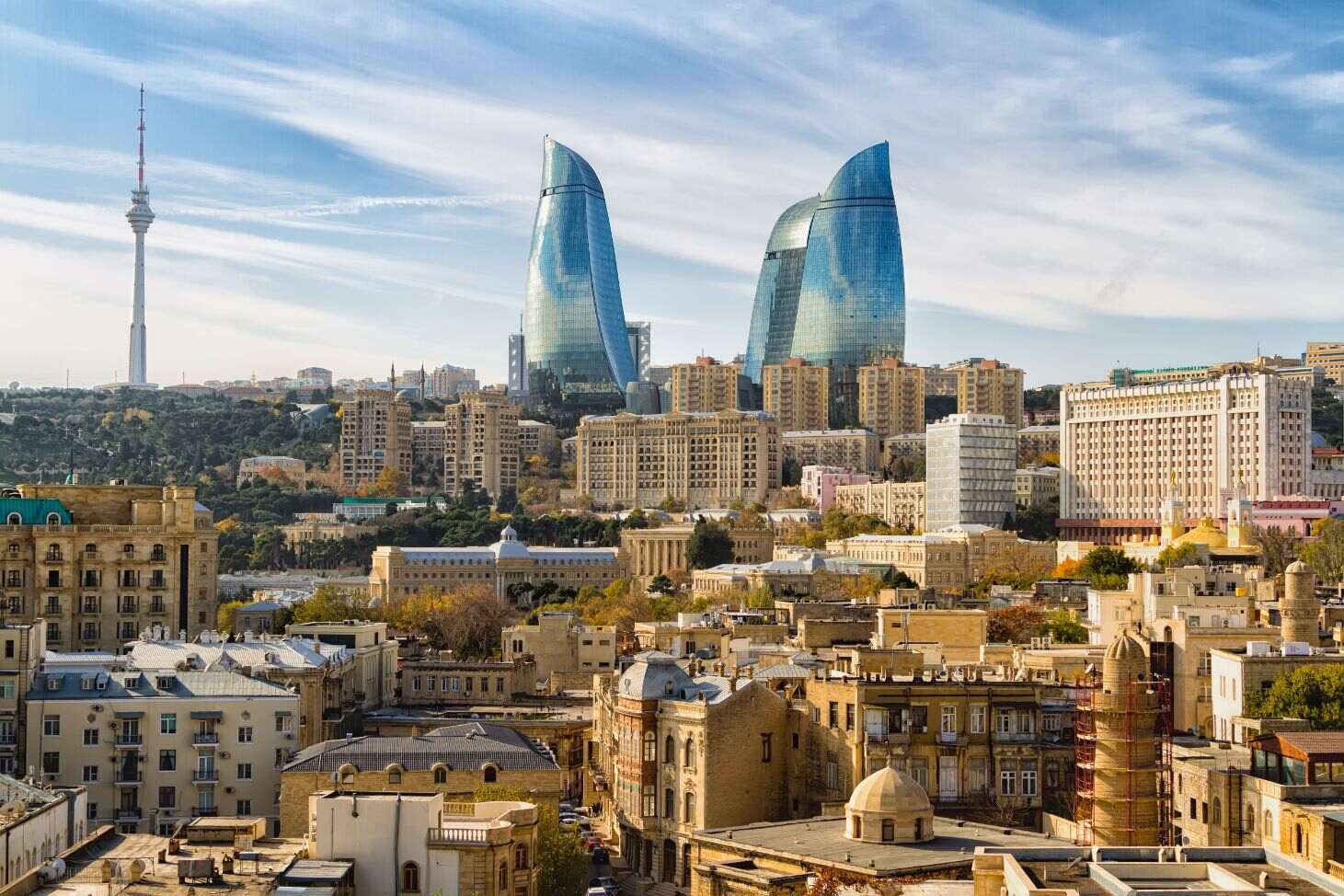Azerbaijan – the Land of Fire – is located on the shores of the Caspian Sea, on the eastern side of the South Caucasus. It is bounded to the north by Russia, to the northwest by Georgia, to the west by Armenia, to the south by Iran, and the east by the Caspian Sea. Azerbaijan’s landscapes, flora, and fauna are exceptionally diverse – sandy deserts and glaciers, steppes and tropical jungles, mud volcanoes and salt flats, olive groves, vineyards, cotton fields, the sea, and high mountain lakes – this land has it all. The earliest evidence of human settlement on Azerbaijani territory dates back to the late Stone Age. The first states in the region appeared between 4,000 and 3,000 BC.



Azerbaijan has a land area of 86 600 square kilometers and a population of 10 102 096, making it the largest country in the South Caucasus. Even though Shia Muslims constitute more than 90% of the population, Azerbaijan has no official state religion.
Azerbaijani is the national language. The Azerbaijani alphabet is a Latin alphabet that is used to write Azerbaijani. It superseded previous versions that used Cyrillic and Arabic scripts.
Azerbaijan is a country with a distinct culture, traditions, and cuisine.
Carpet making has been an essential part of Azerbaijani culture since ancient times and continues to be the most important aspect of Azerbaijani craftsmanship. The art of knotting carpets is closely associated with sheep-raising traditions and the availability of natural dyes in the region – fig leaves for ochre colors, madder for reds, saffron for golden yellow hues, and pomegranate peels for reddish browns.
Folk dances play an equally important role in Azerbaijani culture. The history of Azerbaijani folk dance is intertwined with that of the country. On the rocks at Qobustan, chiseled drawings of old Azerbaijani folk dance moves can still be found.
The music culture of Azerbaijan is also noteworthy. Azerbaijani Mugham (folk musical compositions) is a highly complex art form that combines classical poetry and musical improvisation in regional modes. Mugham was inducted into the UNESCO World Heritage List in 2003.



Being a part of the Great Silk Road brought various spices, ingredients, and culinary influences to Azerbaijan cuisine. It is why it became rich, delicious, and delectable. When visiting Azerbaijan, you must try Pilaf or Plov, Shashlik, Kebab, Qutab, Dolma, Dushbara, Kutab, and, of course, the honey dessert Pakhlava.
Azerbaijan has long been known for its eternal fire sources. It is where Azerbaijan’s nickname “The Land of Fire” comes from. Ateshgah, the temple of fire-worshippers in Surakhani, and Yanardag (burning mountain) in Absheron are two of the most vivid examples of eternal fires.
With over 7500 natural, archeological, architectural, and historical monuments, Azerbaijan has an incredible historical and cultural heritage. Starting with the cave drawings and mud volcanoes of Gobustan, the Momine-Khatun and Garabaghlar mausoleums, the Palace of Sheki Khans, the Maiden Tower and Primorskiy Boulevard in Baku, the castles of Absheron, the Sheki Khan Palace, and finishing with antique rugs and works of literature, arts and sculpture, high-quality silk, and wine. It is only a partial list of Azerbaijan’s rich cultural heritage.


Comment (0)